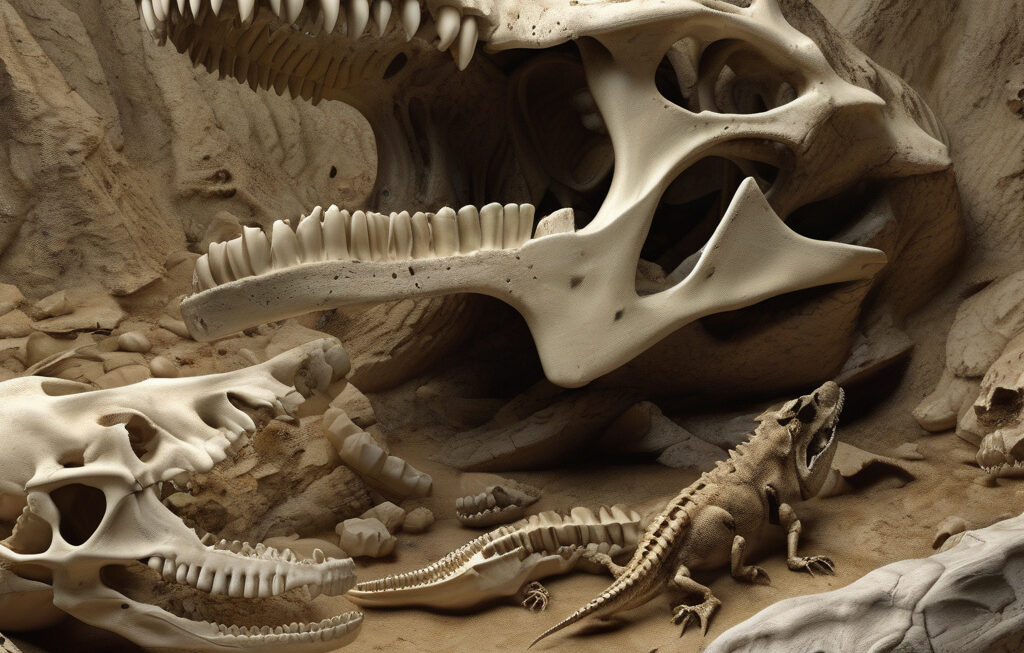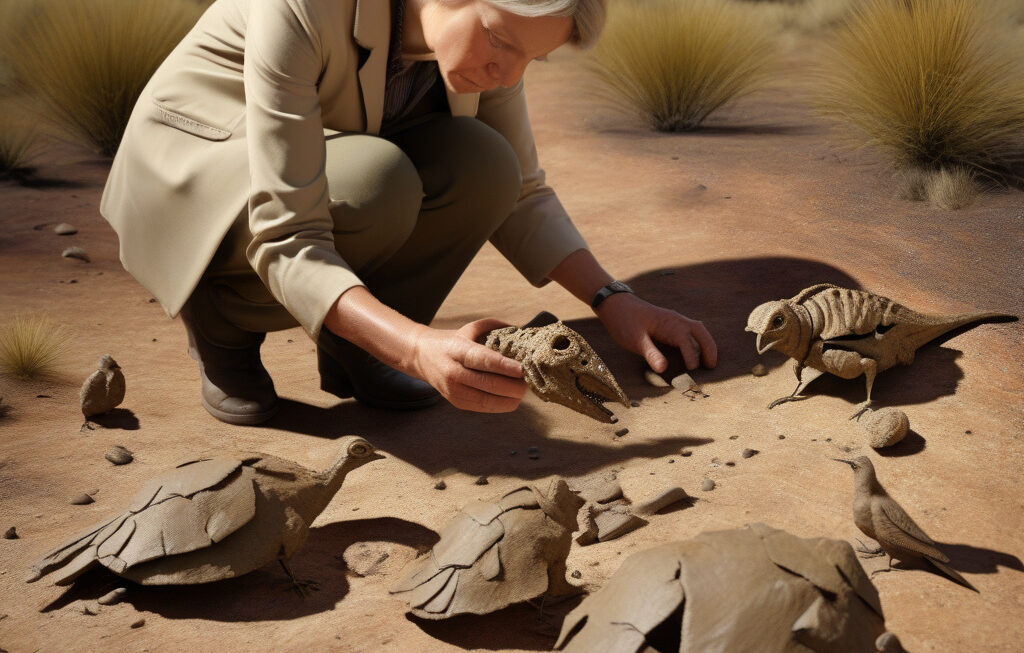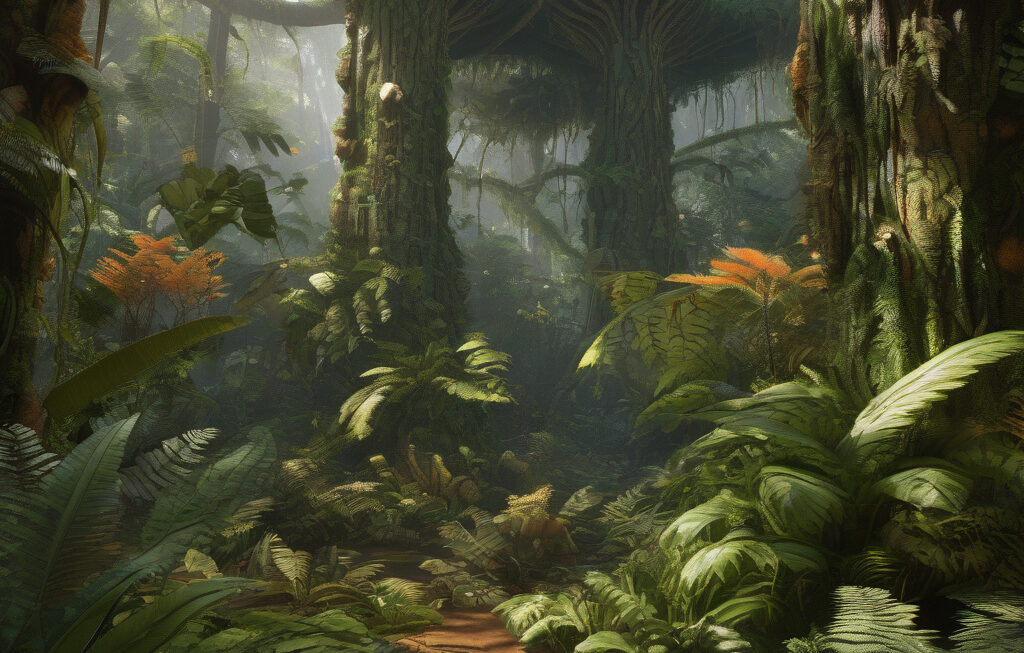The Discovery of Shri Rapax: Unveiling the 75-Million-Year-Old Bird-Like Dinosaur with Massive Claws in Mongolia
In the ancient deserts of Mongolia, a new raptor, dubbed Shri rapax, has been discovered. This close cousin to the famous Velociraptor is making waves in the paleontological community for its intriguing characteristics and unique features. With its massive claws and bird-like appearance, Shri rapax is offering researchers a glimpse into the past, shedding light on the diversity of dinosaurs that once roamed the Earth.
The fossil of Shri rapax was found remarkably well-preserved, allowing scientists to study its anatomy in great detail. One of the most striking features of this dinosaur is its massive claws, which are believed to have been used for hunting and defense. These razor-sharp claws are reminiscent of those found in modern birds of prey, highlighting the evolutionary link between dinosaurs and birds.
Studies of Shri rapax have also revealed interesting insights into its behavior and lifestyle. Analysis of its teeth suggests that it was a carnivorous predator, preying on small animals and possibly even other dinosaurs. Its agility and speed, combined with its powerful claws, would have made it a formidable hunter in the ancient Mongolian desert.
The discovery of Shri rapax is not only significant for its scientific implications but also for what it can teach us about the process of evolution. By studying the anatomy and characteristics of this bird-like dinosaur, researchers can better understand how certain traits have evolved over millions of years to give rise to the diverse range of species we see today.
In addition to its scientific importance, the discovery of Shri rapax has captured the imagination of the public worldwide. The idea of a bird-like dinosaur with massive claws roaming the ancient deserts of Mongolia is both awe-inspiring and humbling, reminding us of the incredible diversity of life that has existed on our planet throughout history.
As researchers continue to study Shri rapax and its place in the dinosaur family tree, new revelations are sure to come to light. Who knows what other secrets the ancient deserts of Mongolia hold, waiting to be unearthed and shared with the world?
In conclusion, the discovery of Shri rapax is a testament to the richness of Mongolia’s paleontological history and the importance of ongoing research in uncovering the mysteries of the past. By studying this 75-million-year-old bird-like dinosaur with massive claws, scientists are not only expanding our knowledge of prehistoric life but also deepening our appreciation for the wonders of evolution.
#ShriRapax #DinosaurDiscovery #MongolianPaleontology #EvolutionaryInsights #PrehistoricLife












